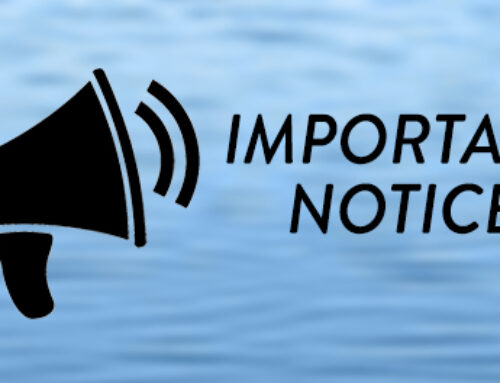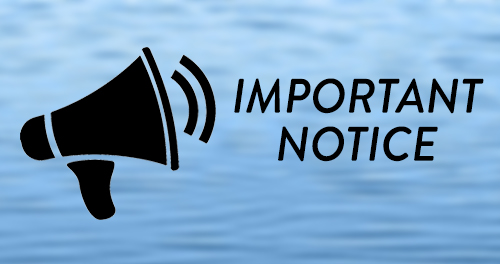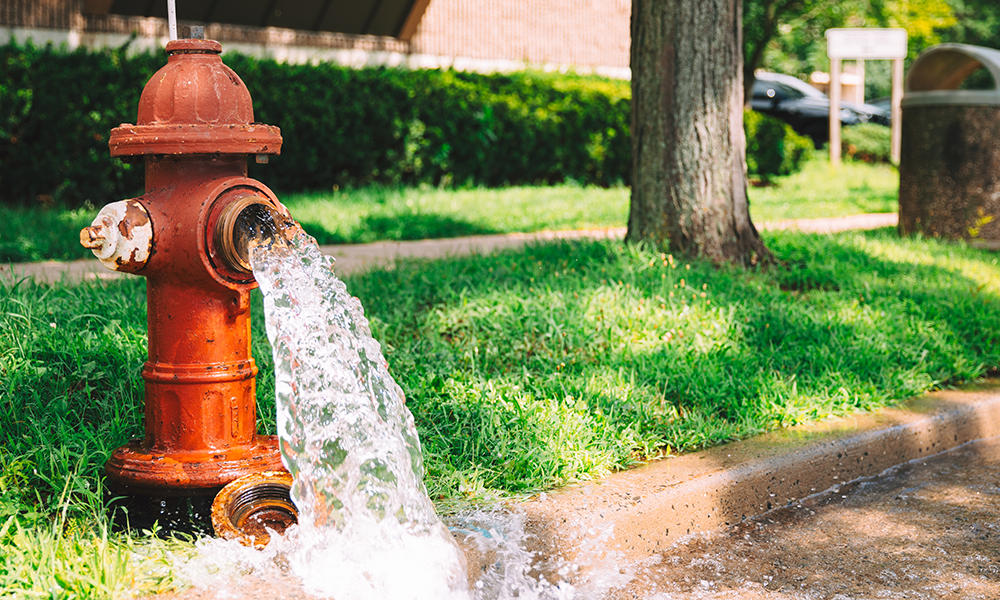IMPORTANT INFORMATION ABOUT YOUR DRINKING WATER
Olympic Water and Sewer Inc. (OWSI) uses potassium permanganate to treat well water for iron and manganese removal. During the timeframe of March 31 to April 3, 2023, there was a series of chemical feed overdose events due to a setting change on a chemical feed pump that went undetected. The maximum level of permanganate dispersed in the water system was not known. The visible result is that the drinking water we supply you may have a pink or purple color at times.
What does this mean?
- Potassium permanganate is a common chemical used throughout Puget Sound to remove iron and manganese from our groundwater that are used for drinking water supply.
- Excess permanganate can turn the water a pink to purple color. It also naturally converts to manganese in drinking water.
- Manganese is an essential nutrient for humans and animals. Adverse health effects can be caused by inadequate intake or over exposure. Manganese deficiency in humans is thought to be rare because manganese is present in many common foods.
- Although manganese is an essential nutrient at low doses, chronic exposure to high doses may be harmful. Potassium permanganate can cause skin irritation and brown staining of the skin at very high concentrations. Some effects to the nervous system have been observed in some cases in vulnerable populations.
- Vulnerable populations would include those who absorb greater amounts of manganese or those who excrete less. These would include the very young, the elderly, and those with liver disease.
- The EPA has established that lifetime exposure to 0.3 mg/L manganese is not expected to cause any adverse effects.
What should I do?
- If your water is pink to purple in color, an alternate water supply should be used. It is recommended that customers not drink the water when it has this coloration.
- If you feel unsure about how this issue might affect you, please contact your primary care physician or the Jefferson County Public Health office.
What was done?
On March 29 there was an equipment modification at Well #2 in the North Bay Service Zone A. The modification resulted in removing power to a potassium permanganate chemical metering pump. Once the modifications were made, the well was turned back on to ensure that the metering pump was functioning. The well was put into service and was in a normal pumping condition.
When discolored water reports were first received by OWSI on March 31, Well #2 was pumping water into the Service Zone A distribution system. The water produced at the time was inspected and the potassium permanganate feed rate was verified. The water produced at the well was clear, so the initial investigation turned to Well #3. Further study determined that Well #3 was operating properly and not overdosing.
Continued discolored water complaints were received on April 1, 2, and 3. Each day, OWSI staff checked the water at the wells for color and inspected the system for problems and deficiencies. Staff also started flushing the system to purge the discolored water.
Reservoir B in the LMC storage area at Talbot Way and Swansonville Rd. was inspected on April 3 and was found to have water that was pink in color. The reservoir was isolated and drained over the next 24 hours. The continued investigation revealed on April 3 that an electronic setting on the chemical feed pump at Well #2 had changed during the March 29 modification. This change allowed the chemical pump to run even though the well was off. The setting was fixed immediately once it was found.
Flushing continued to remove the excess potassium permanganate from the system. Water quality samples were obtained from the water system on April 6 and delivered to an accredited lab to determine manganese levels. The internal Test results indicated a range of 0.044 mg/l to 0.119 mg/l for an average of 0.067 mg/L manganese, which is just over the secondary contaminant level of 0.05 mg/L for discolored water and other aesthetic issues.
Steps OWSI has taken to prevent future occurrences
As a result of this issue, OWSI developed and implemented several physical and operational improvements to prevent such an event from occurring again. We also are upgrading our public notification procedures for use in the event future notifications become necessary. OWSI has updated its website and will continue to do so for any future notices. Please visit our site at https://ows-inc.com/.
For more information, or to learn more about protecting your drinking water, please contact Greg Rae at (360) 437-8349.
All customers are receiving this letter. Please share this information with others at your premise(s) who drink this water, especially those who may not have received this notice directly (for example, renters, employees, etc.). You can do this by posting this notice in a public place or distributing copies electronically, by hand or by mail.






